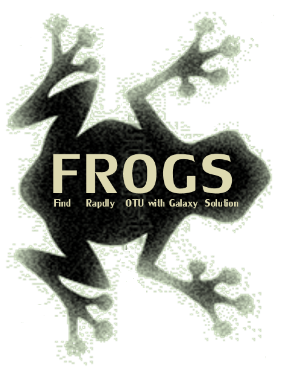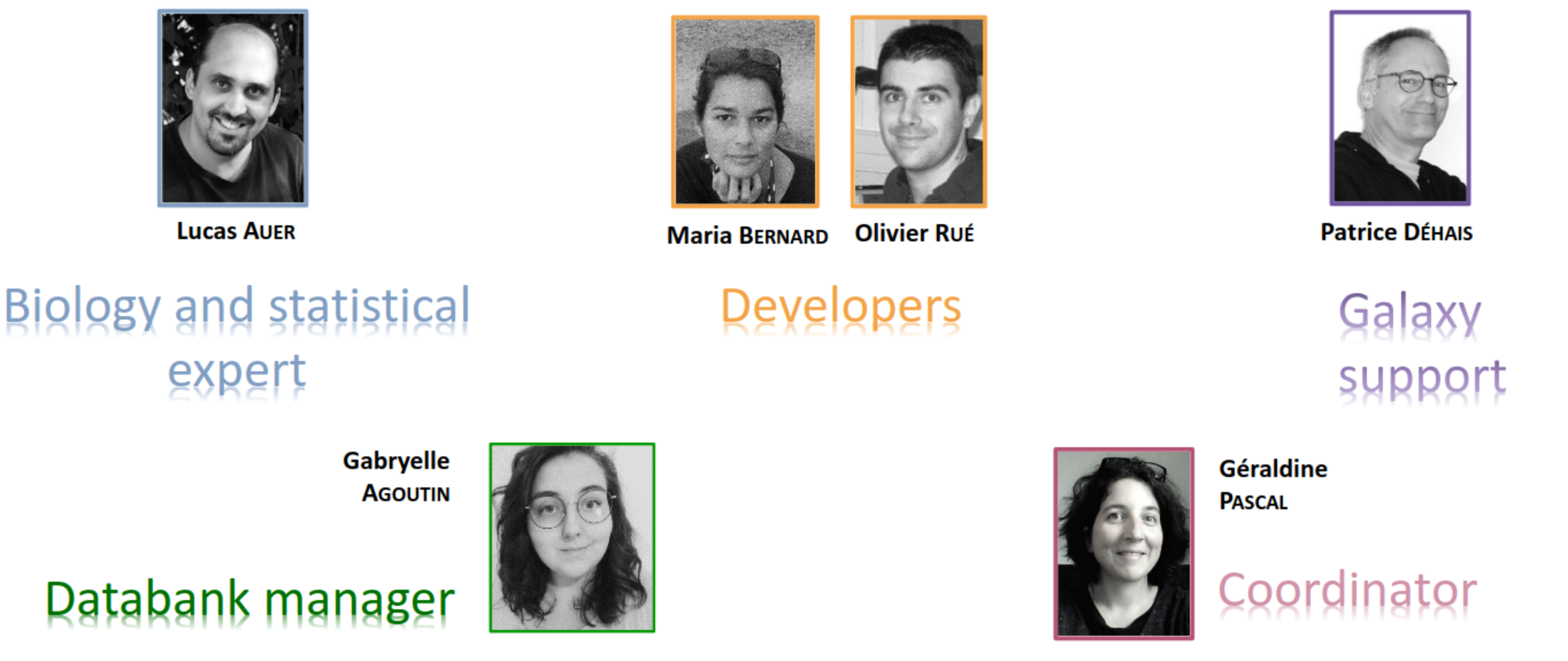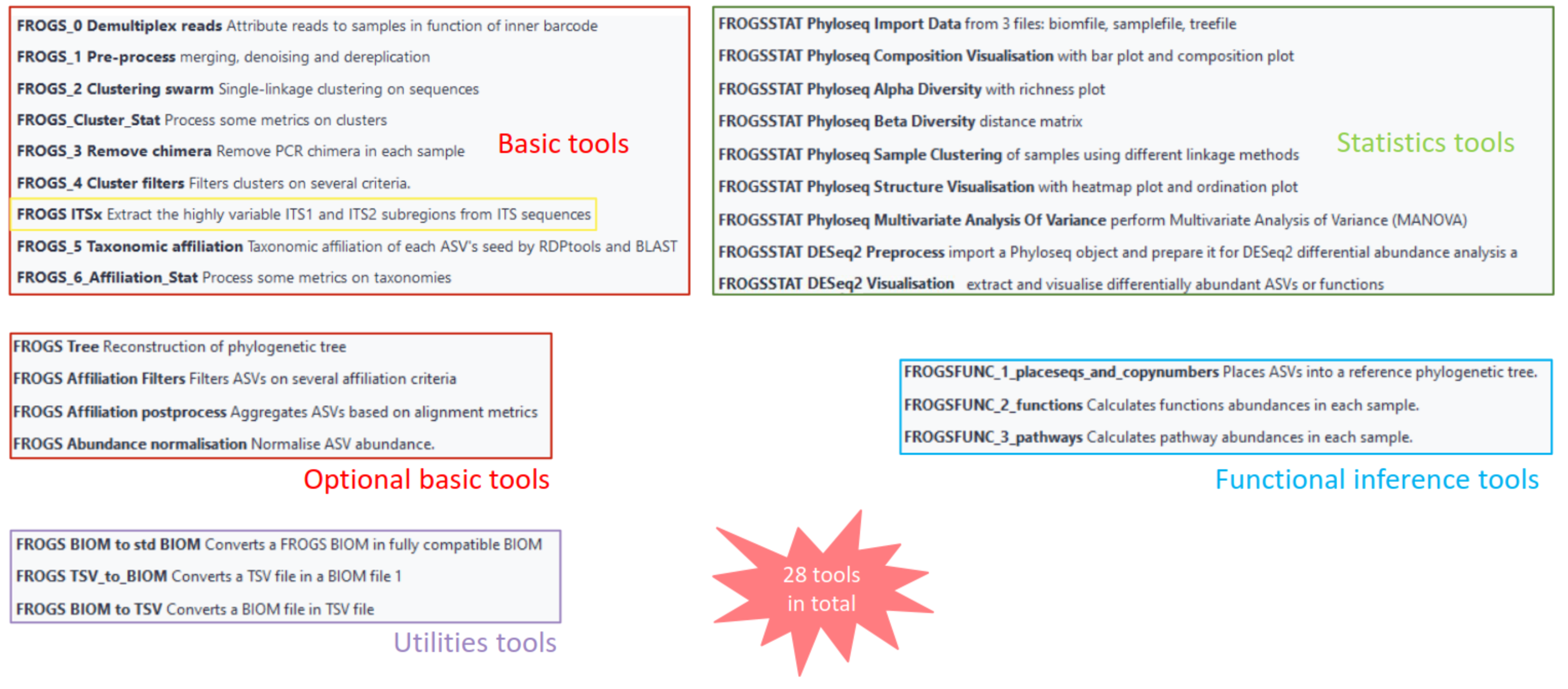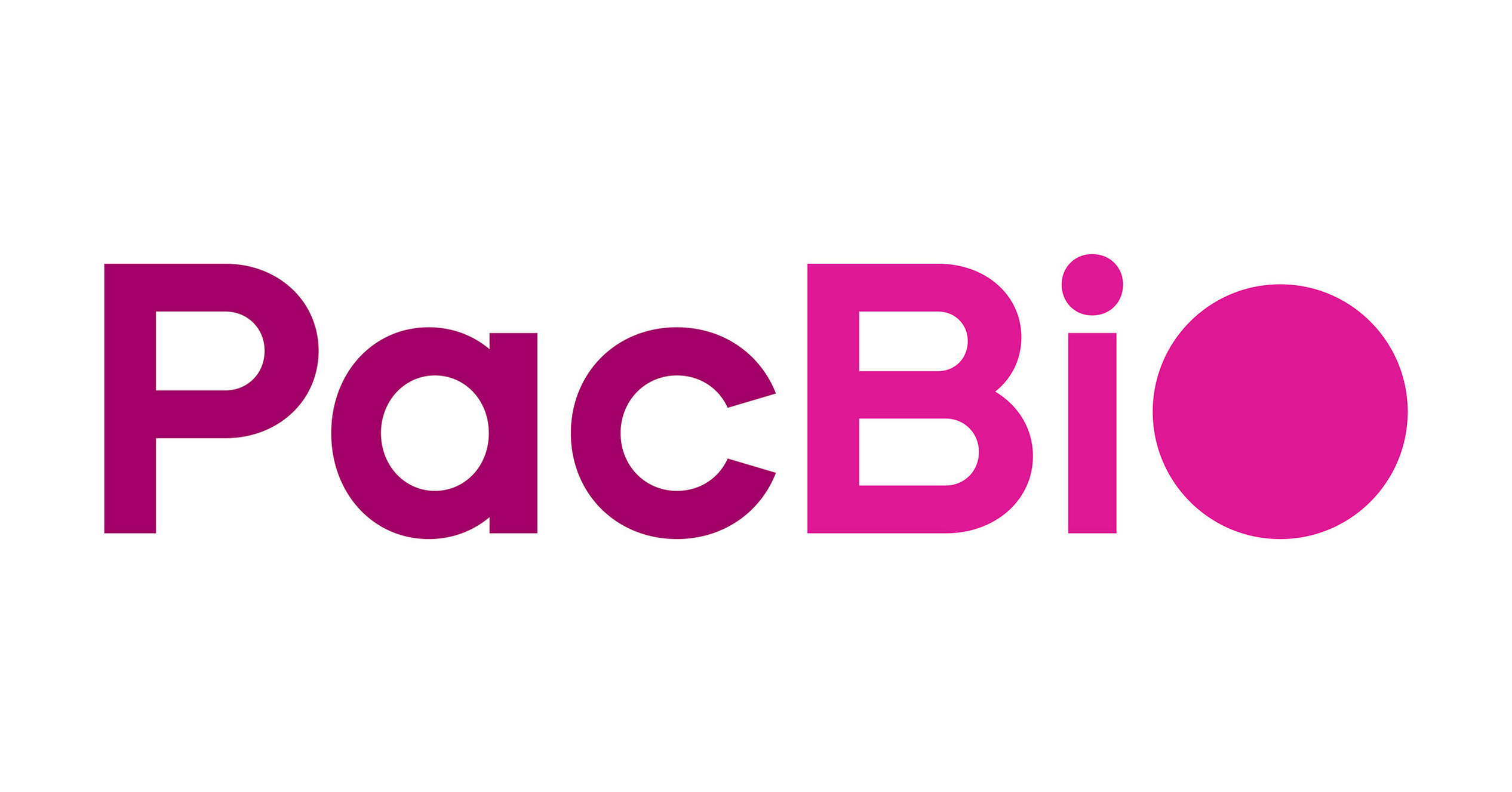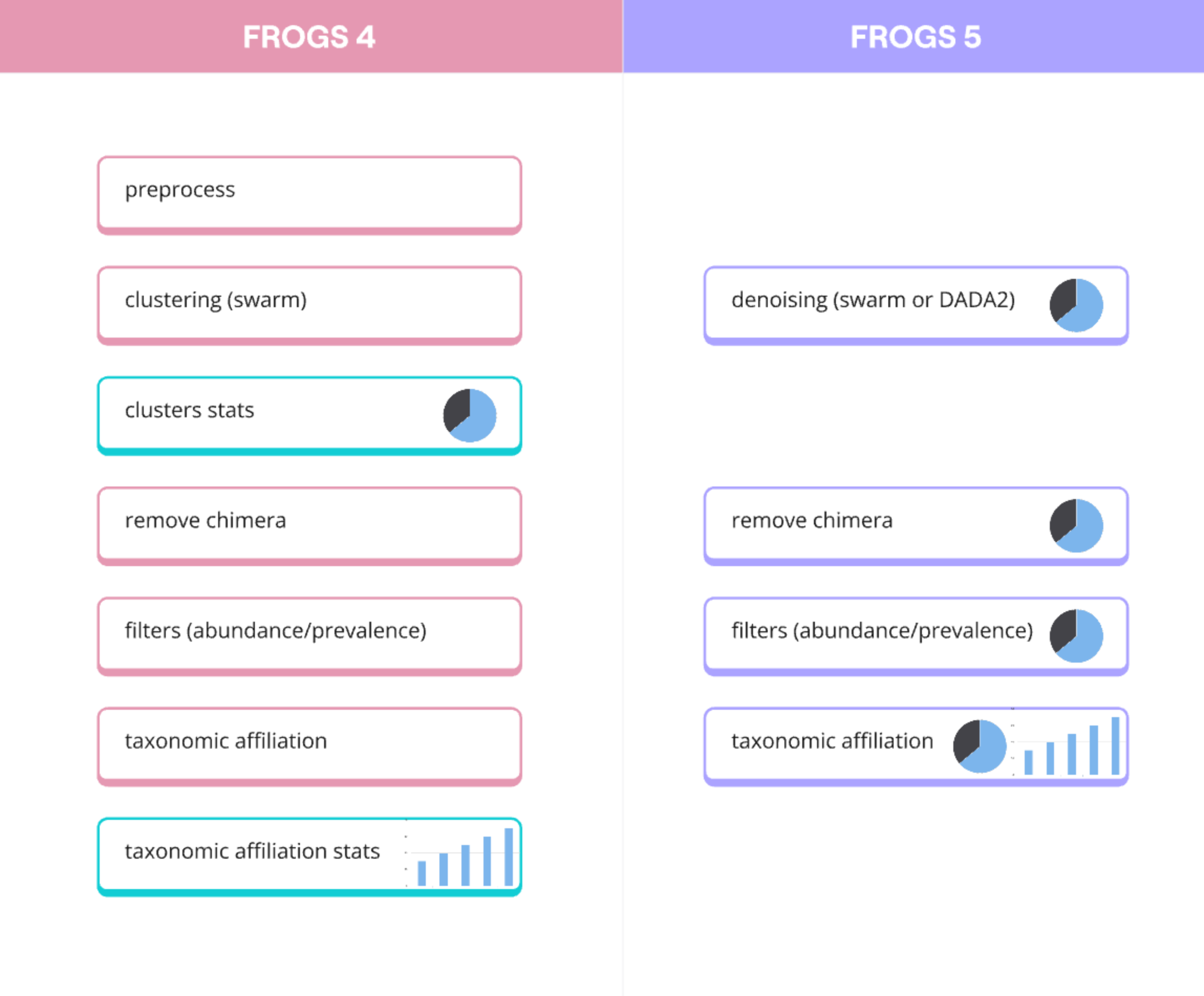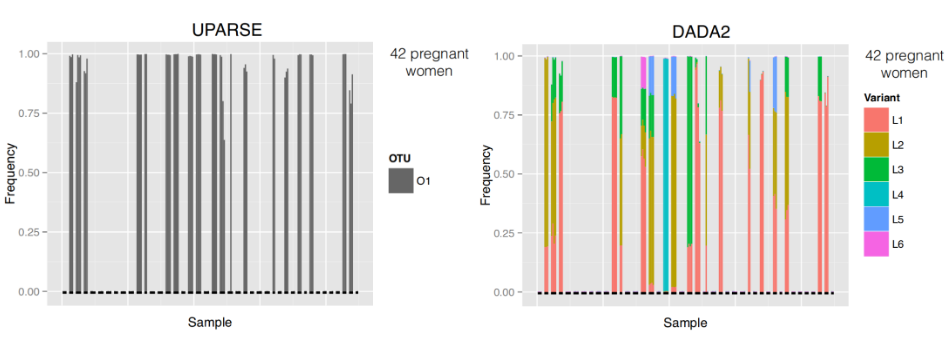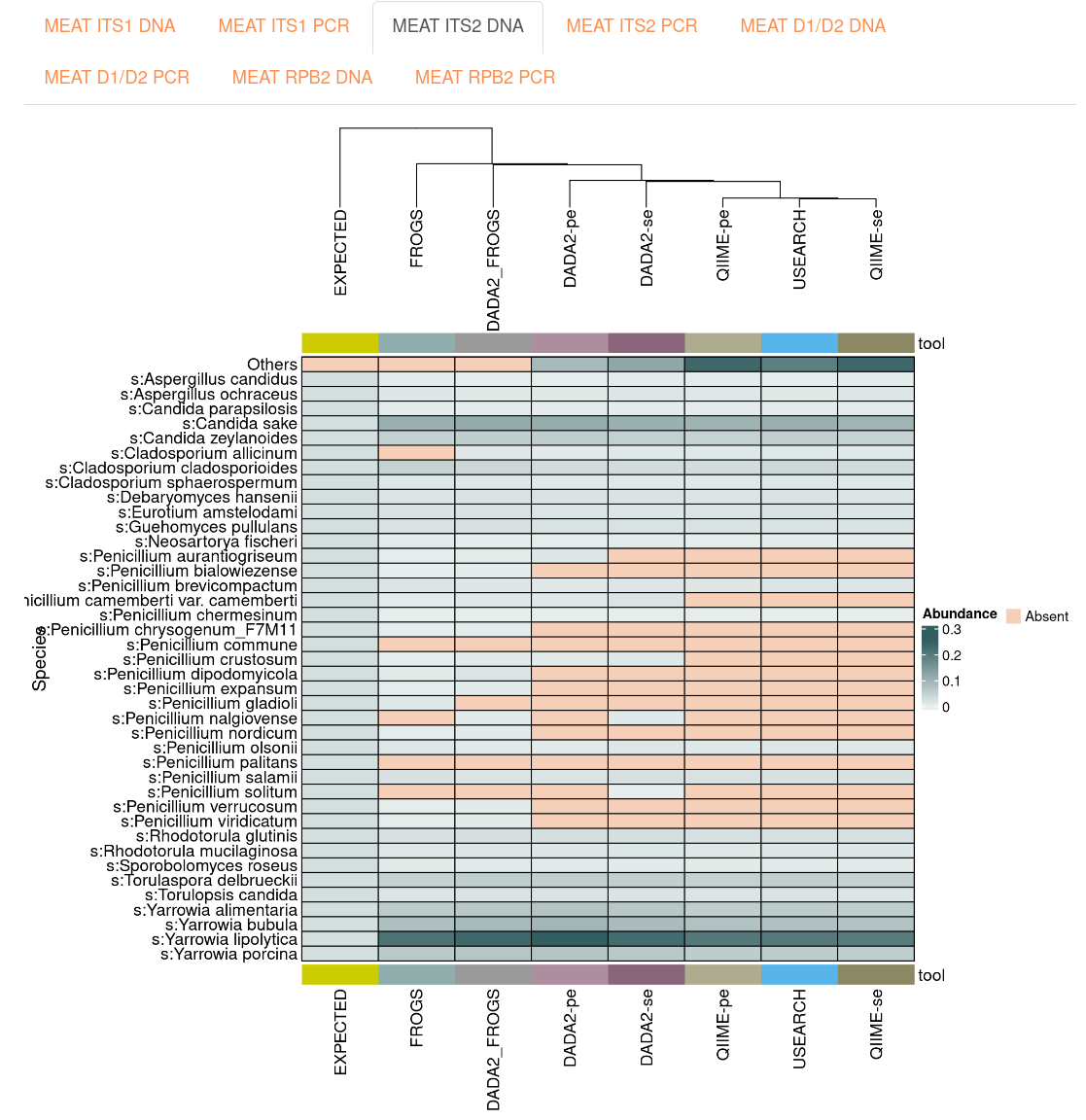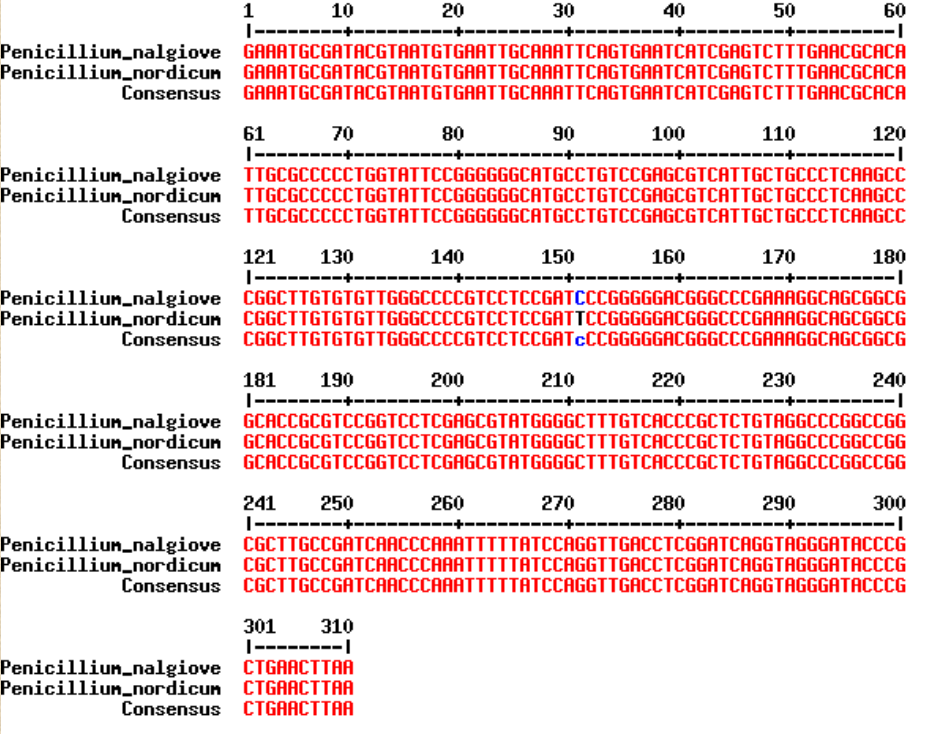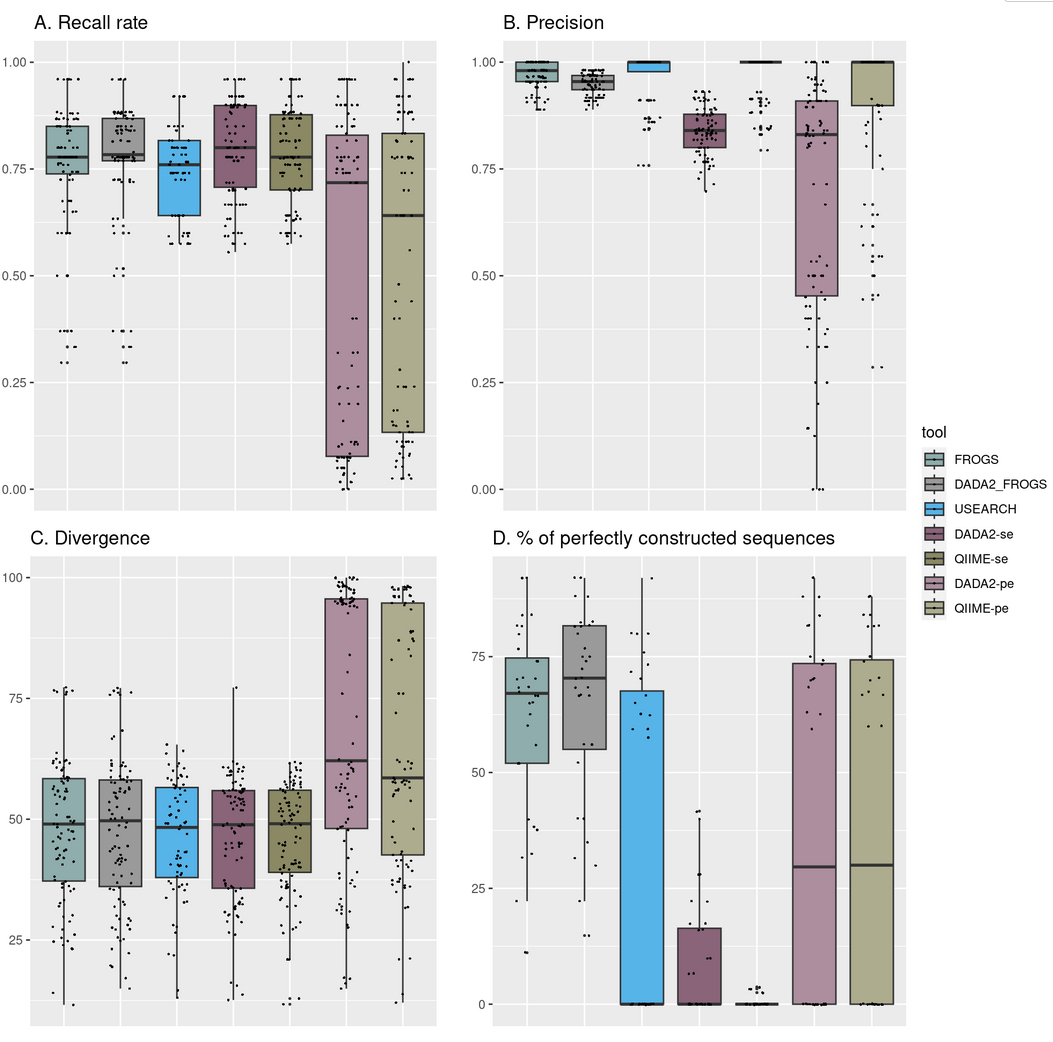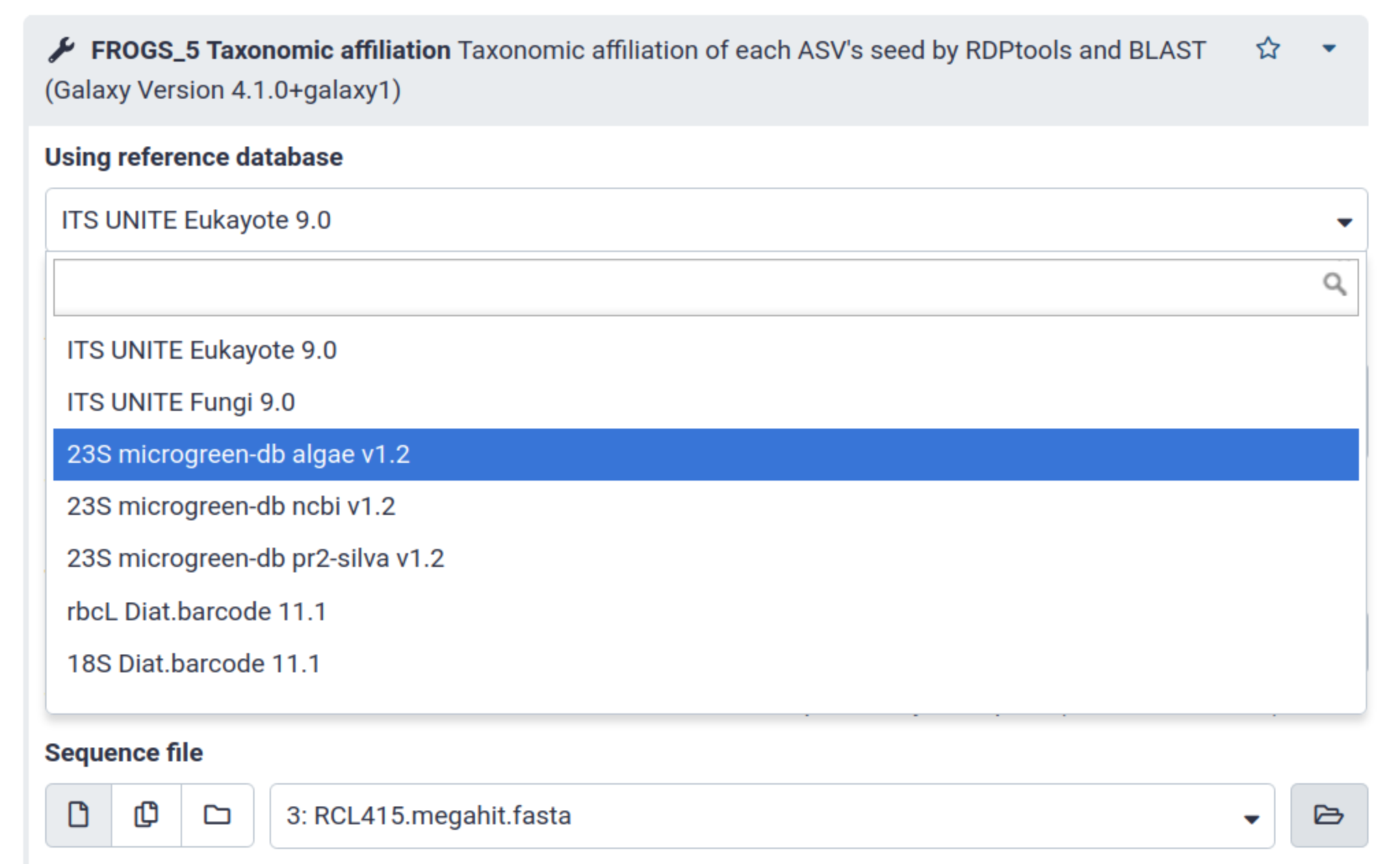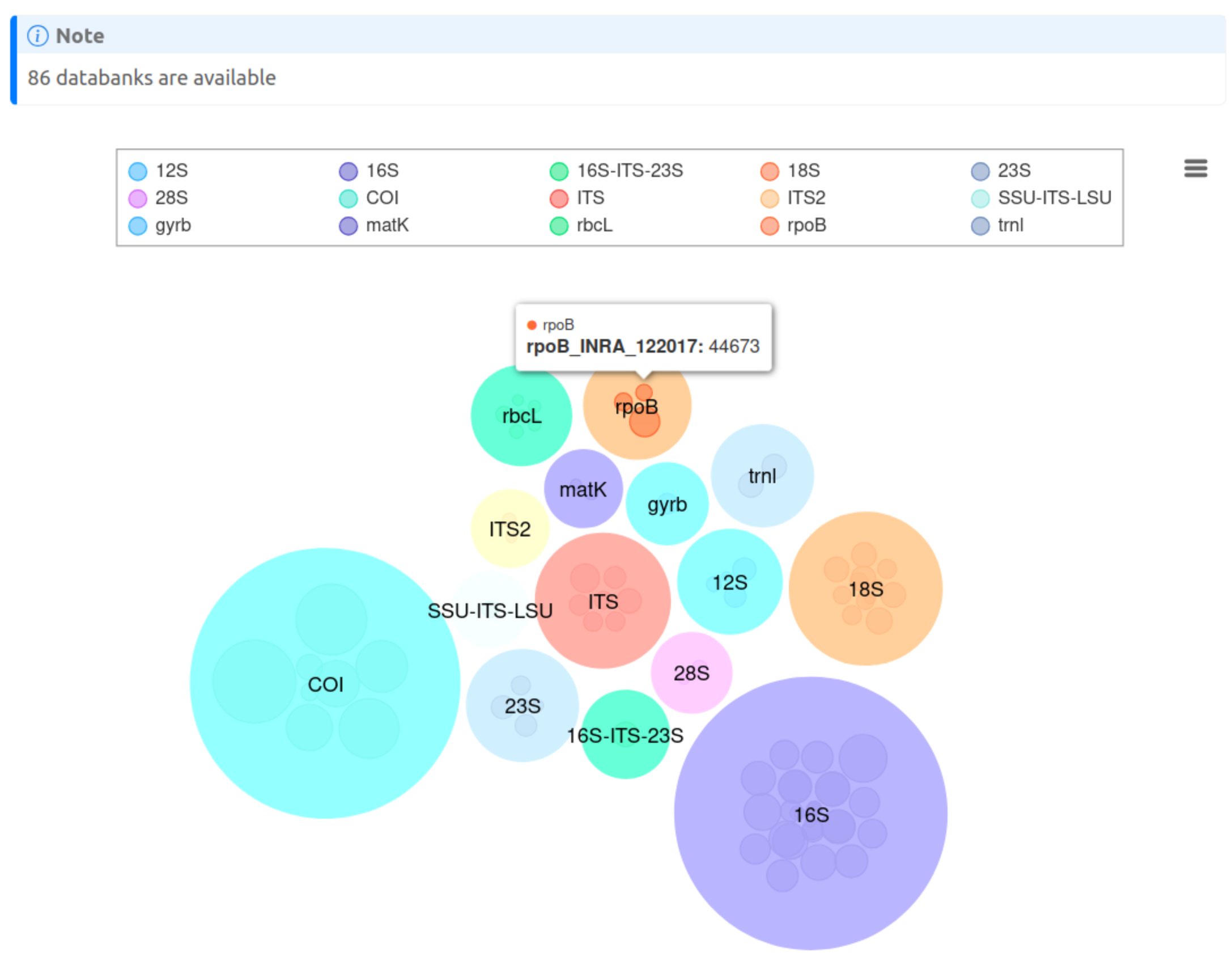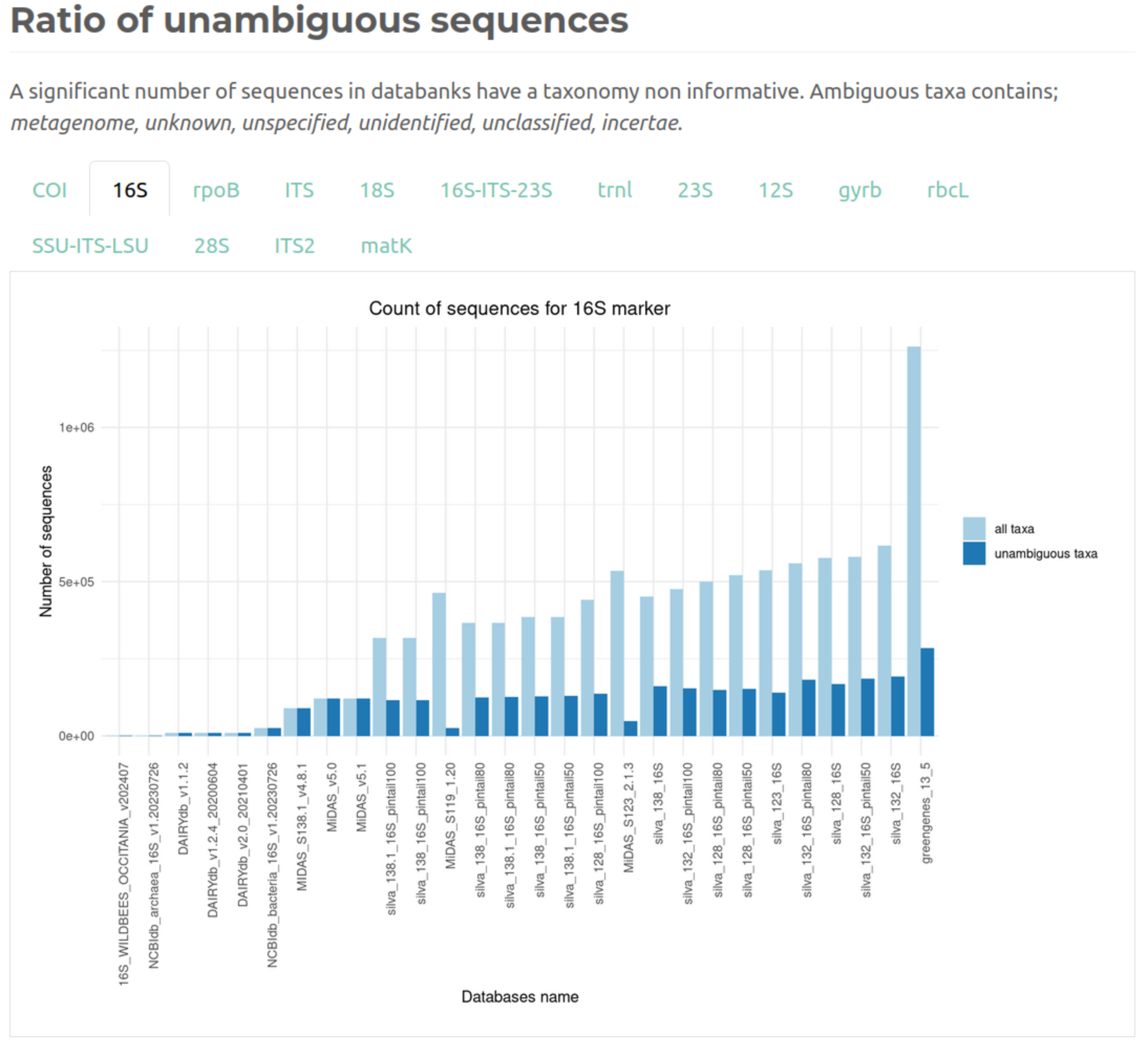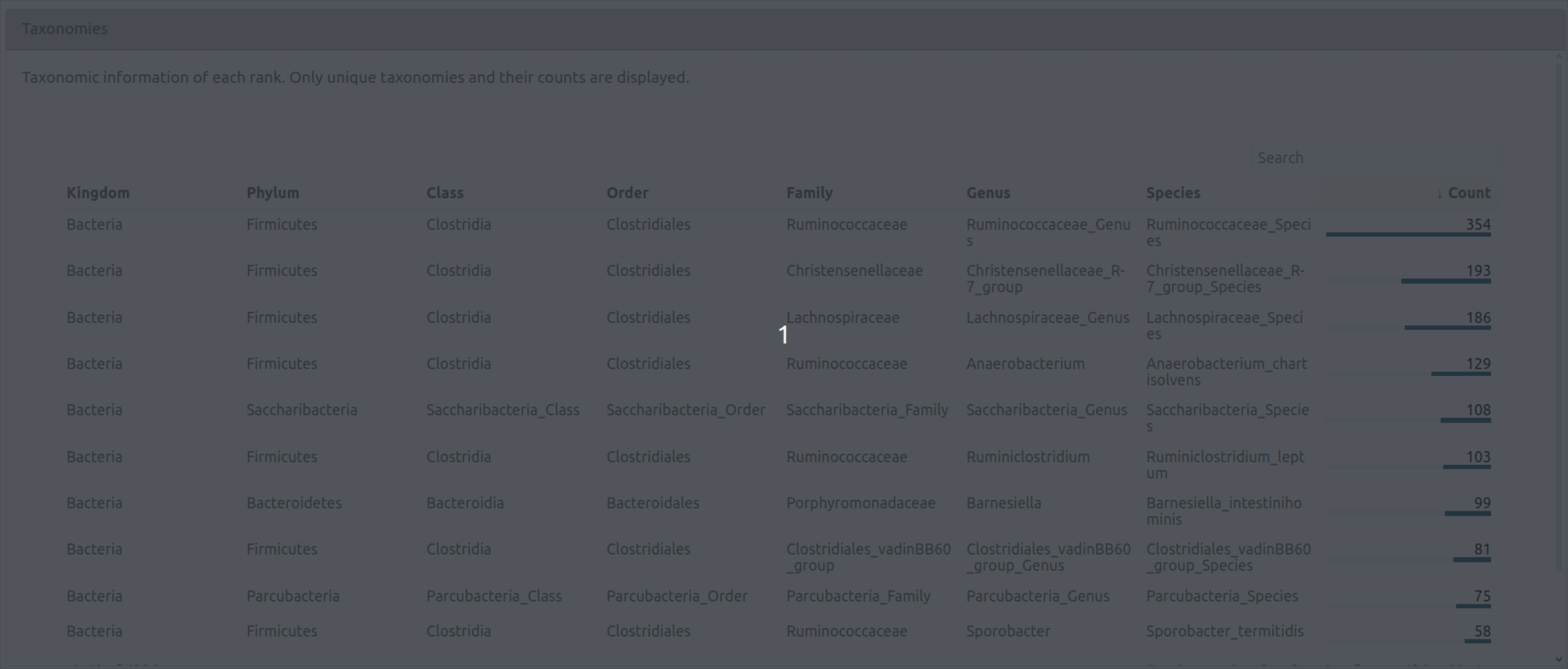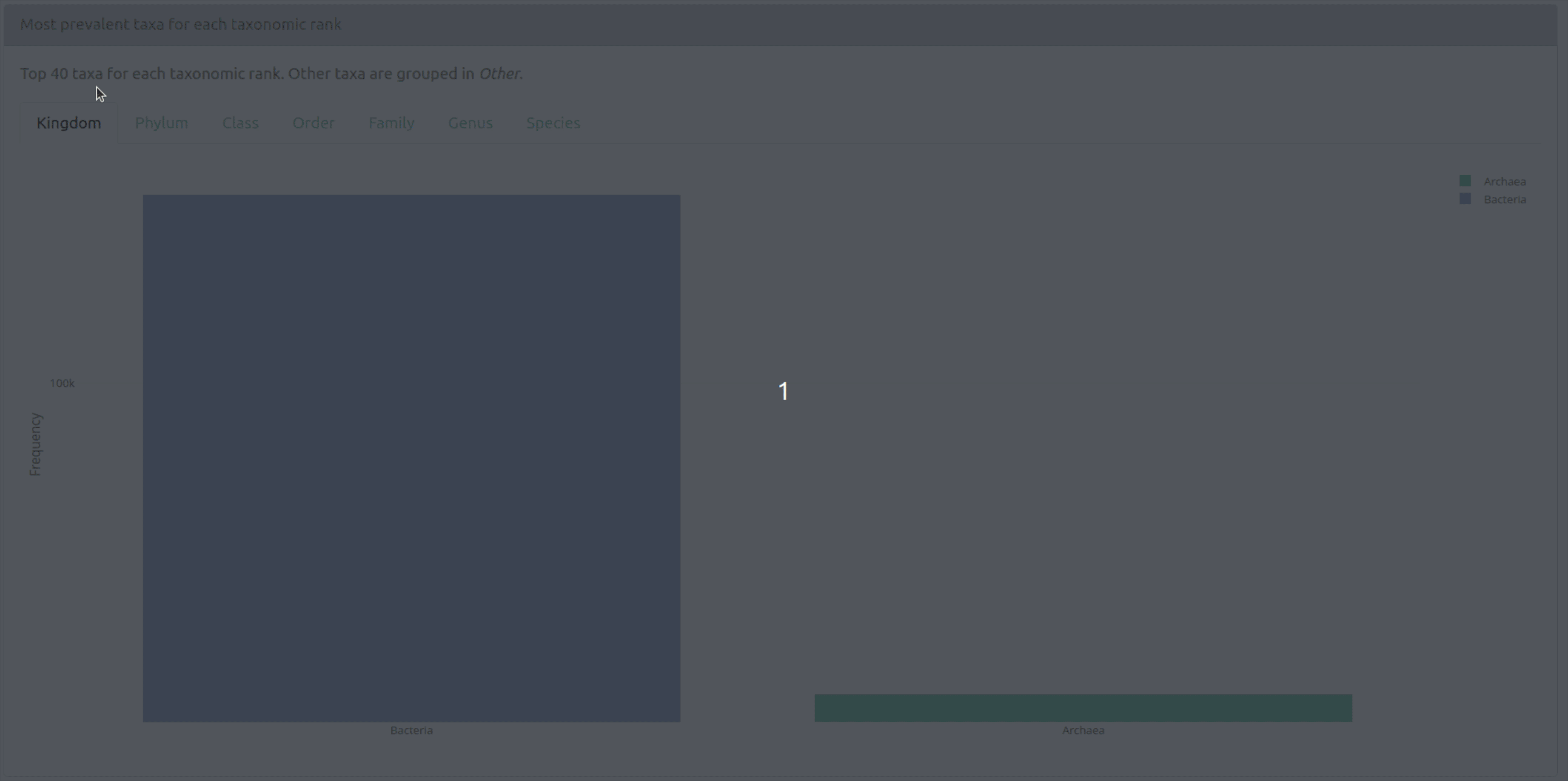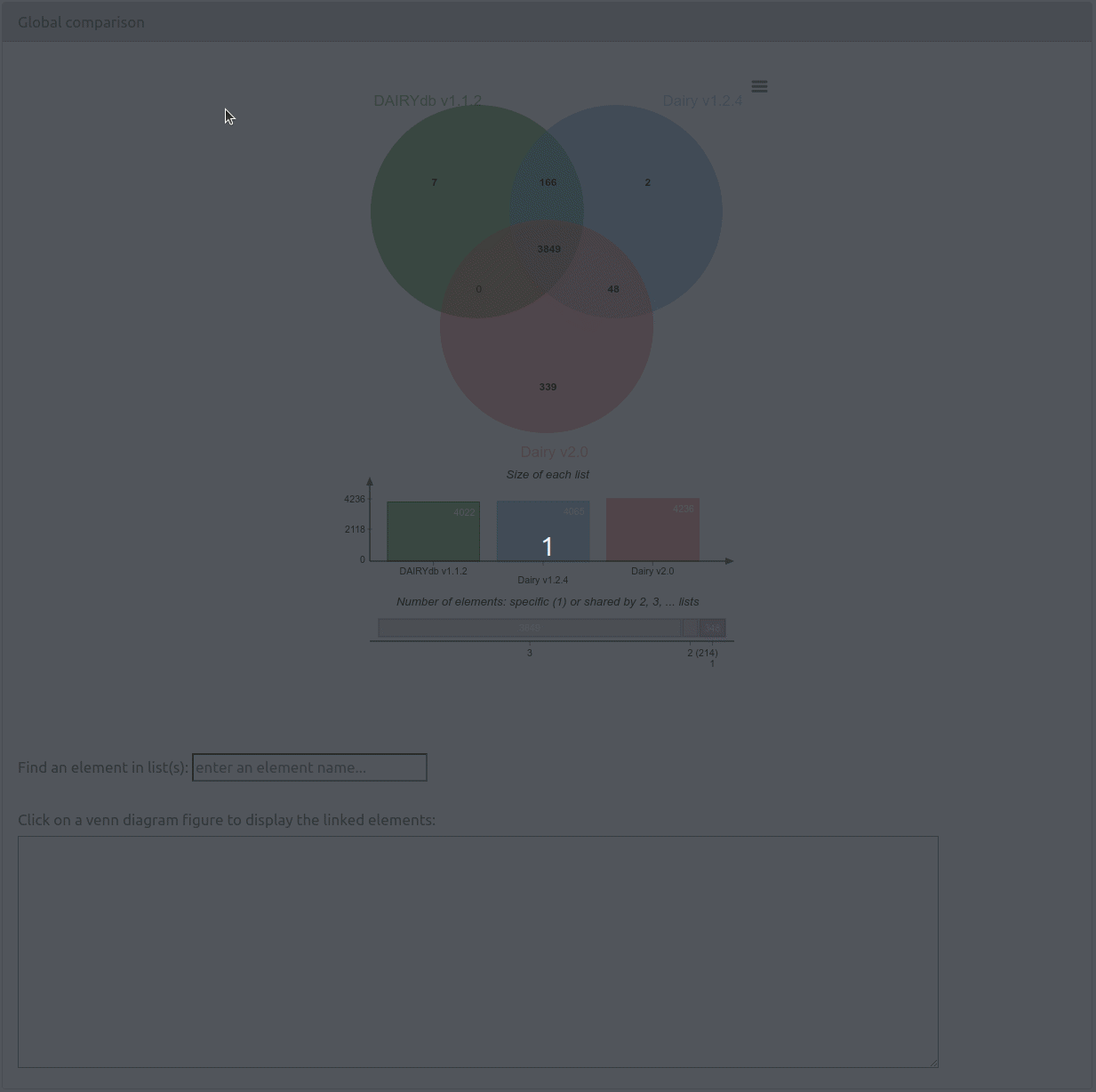News about FROGS
What’s new and what’s coming soon
Gabryelle Agoutin
GenPhySE
Lucas Auer
IAM
Maria Bernard
GABI - SIGENAE
Géraldine Pascal
GenPhySE
15 novembre 2024
What is FROGS
- Metabarcoding data analysis tool
- Active project since 2015
- Several trainings every year (Toulouse webinars, Jouy-en-Josas on site)
- More than 750 citations, >28,500 downloads
FROGS team
What FROGS offers:
- An up-to-date software that keeps pace with advances in the field
What FROGS offers:
- An up-to-date tool that keeps pace with advances in the field
- A tool accessible to everyone
- Galaxy
- Command line
- Galaxy
- Personalized help in case of difficulties
- Understanding mistakes
- Exceptional case management (need lots of resources)
- Tutorials, trainings and support to become autonomous
- Formatting and access to databanks in the tool
FROGS new functionalities (2023-2024)
New functionalities
- FROGS 4.1.0 [2023-03]
- FROGSfunc tools, Pacbio reads management…
- Changes in vocabulary: OTU → ASV [3]
- FROGS v5.0.0 [2024-06]
- Only available in command line for now!
- DADA2 [4] integration in a new tool called denoising, fusion of preprocess and clustering
- Companion tools for generating descriptive statistics (cluster_stats, affiliation_stats) integrated into tools
Tools reorganization
Why integrate a part of DADA2?
- User demand and sometimes from reviewers to justify why we use swarm and not DADA2 [4], “considered to be the gold standard”
- However, our benchmarks and experience do not always support DADA2 [5] …
- Technical problems during sequencing considered as biological variation
[6]
- Technical problems during sequencing considered as biological variation
- … but have some advantages
- Able to detect differences of 1 or 2 nucleotides [5]
Better resolution for DADA2 compared to clustering methods
- Better resolution for very close sequences [7]
Better resolution for DADA2 compared to swarm
METABARFOOD project
- ITS1, ITS2, D1/D2 and RPB2 markers in fermented food environments [5]
Why not choose DADA2 only?
- The combination of DADA2 and FROGS shows better results, especially for retrieving exact sequences [5]
- FROGS and DADA2+FROGS are best at finding exact expected sequences (D)
- DADA2+FROGS offers efficient tools for merging pairs (vsearch, pear), remove chimera (vsearch and FROGS sample cross-validation)
- Similar results between DADA2+FROGS and FROGS for most datasets
- We offer FROGS v5 users the opportunity to choose and/or compare the approach they prefer
Future work on FROGS
- Integrate version 5 into Galaxy
- reduce wrapper numbers to avoid conflicts in dependencies during installation
- Test and allow to deal with AVITI sequencing data
FROGS databanks
FROGS databanks
- Databanks
used at the taxonomic affiliation step - Some are public, some are “personal”, some are home-made
Questions - Which one to use?
- What’s the difference between two versions?
- What is its content and diversity?
>Slackia_heliotrinireducens_AF101241_TS Root;k__Bacteria [id: 1];p__Actinobacteria [id: 2];c__Coriobacteriia [id: 3];o__Coriobacteriales [id: 4];f__Coriobacteriaceae [id: 5];g__Slackia [id: 6];s__Slackia_heliotrinireducens [id: 7]
GATGAACGCTGGCGGCGCGCCTAACACATGCAAGTCGAACG...Build a website dedicated to FROGS databanks
- Based on Quarto dashboards
- Hosted on the ForgeMIA
- CI/CD
- Automatic creation of dashboards from a list of databanks
More than 80 databanks available
Ratio of ambiguous taxonomies
Some descriptive data
A lot of usefull information
- Which species of the genus Lactococcus are present?
A lot of usefull information
- Which taxa are the most represented?
Comparison between versions
Future work on databanks
- Finalize the website
- Use the genomic sequence
- Be able to find a taxa over the whole website
Thanks for your attention
 - https://frogs.toulouse.inrae.fr - frogs@inrae.fr / frogs-support@inrae.fr
- https://frogs.toulouse.inrae.fr - frogs@inrae.fr / frogs-support@inrae.fr
References
1. Escudié F, Auer L, Bernard M, Mariadassou M, Cauquil L, Vidal K, et al. FROGS: Find, Rapidly, OTUs with Galaxy Solution. Bioinformatics. 2018;34:1287‑94. doi:10.1093/bioinformatics/btx791.
2. Bernard M, Rué O, Mariadassou M, Pascal G. FROGS: a powerful tool to analyse the diversity of fungi with special management of internal transcribed spacers. Briefings in Bioinformatics. 2021;22. doi:10.1093/bib/bbab318.
3. Hakimzadeh A, Abdala Asbun A, Albanese D, Bernard M, Buchner D, Callahan B, et al. A pile of pipelines: An overview of the bioinformatics software for metabarcoding data analyses. Molecular Ecology Resources. 2023.
4. Callahan BJ, McMurdie PJ, Rosen MJ, Han AW, Johnson AJA, Holmes SP. DADA2: high-resolution sample inference from Illumina amplicon data. Nature methods. 2016;13:581.
5. Rué O, Coton M, Dugat-Bony E, Howell K, Irlinger F, Legras J-L, et al. Comparison of metabarcoding taxonomic markers to describe fungal communities in fermented foods. Peer Community Journal. 2023;3. doi:10.24072/pcjournal.321.
6. Irlinger F, Mariadassou M, Dugat-Bony E, Rué O, Neuvéglise C, Renault P, et al. A comprehensive, large-scale analysis of « terroir » cheese and milk microbiota reveals profiles strongly shaped by both geographical and human factors. ISME Communications. 2024;ycae095. doi:10.1093/ismeco/ycae095.
7. MacIntyre DA, Chandiramani M, Lee YS, Kindinger L, Smith A, Angelopoulos N, et al. The vaginal microbiome during pregnancy and the postpartum period in a European population. Scientific reports. 2015;5:8988.

PEPI IBIS - Pôle Métagénomique
